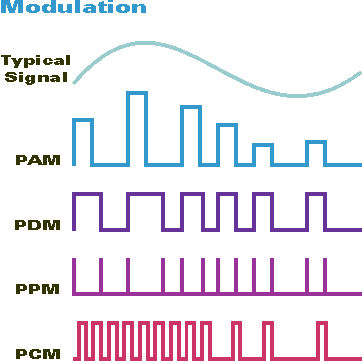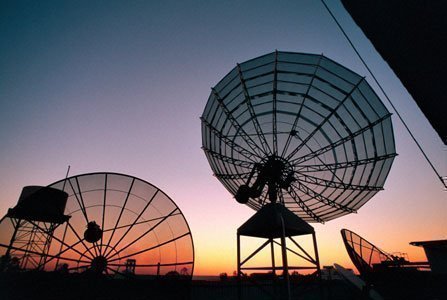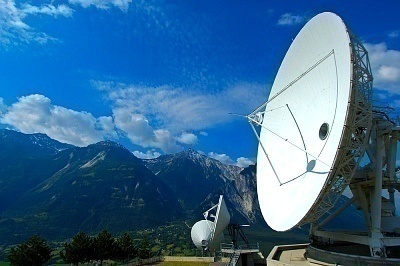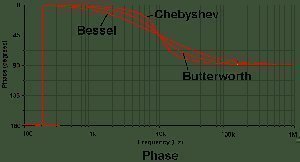Pulse Position Modulation
Pulse position modulation is a signal modulation technique that allows computers to share data by measuring the time each data packet takes to reach the computer. It is often used in optical communication, such as fiber optics, in which there is little multi-pathway interference. Pulse position modulation exclusively transfers digital signals and cannot be used …









